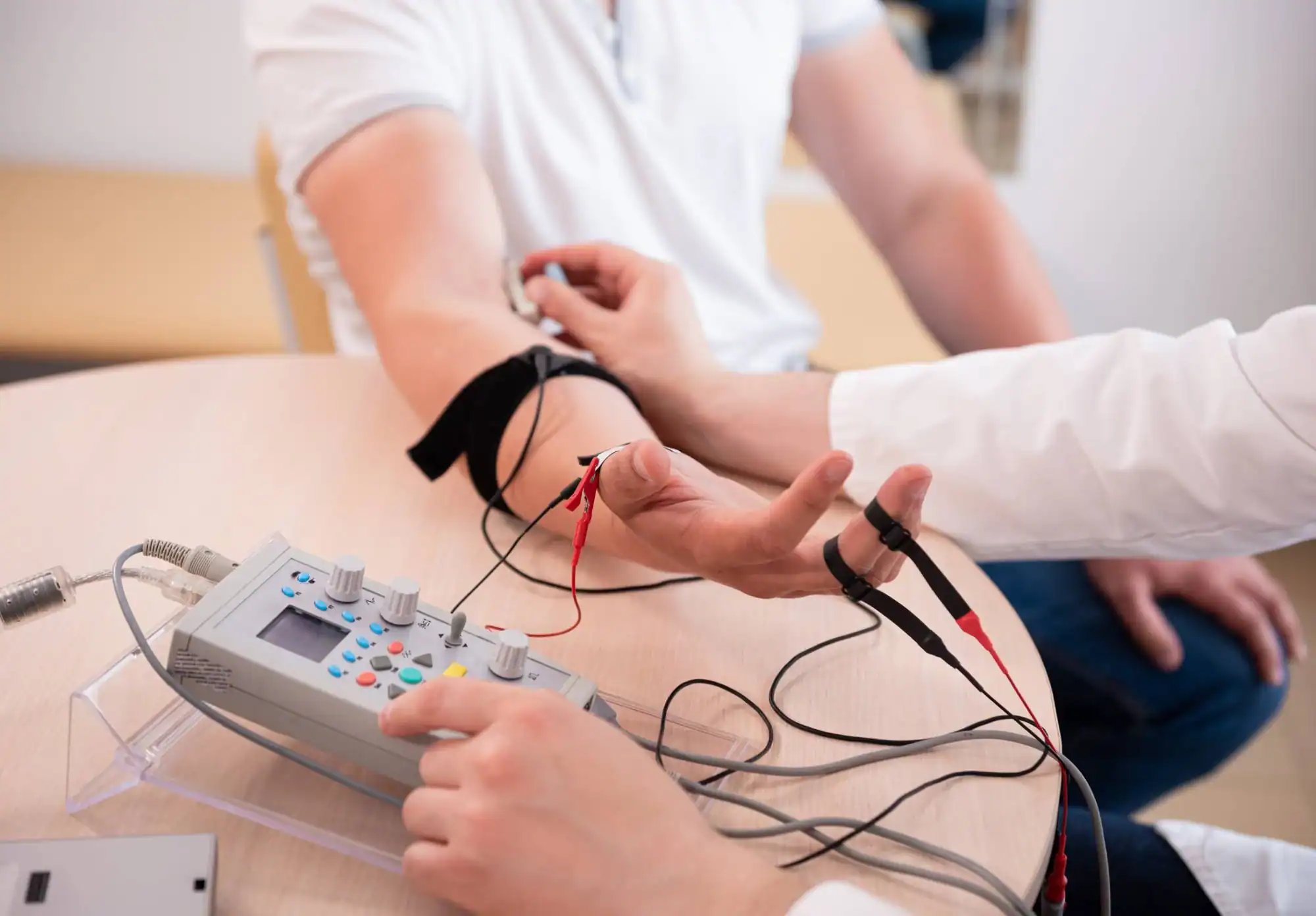Professional electromyography testing that pinpoints exactly what’s causing your symptoms, so you can move forward with confidence.
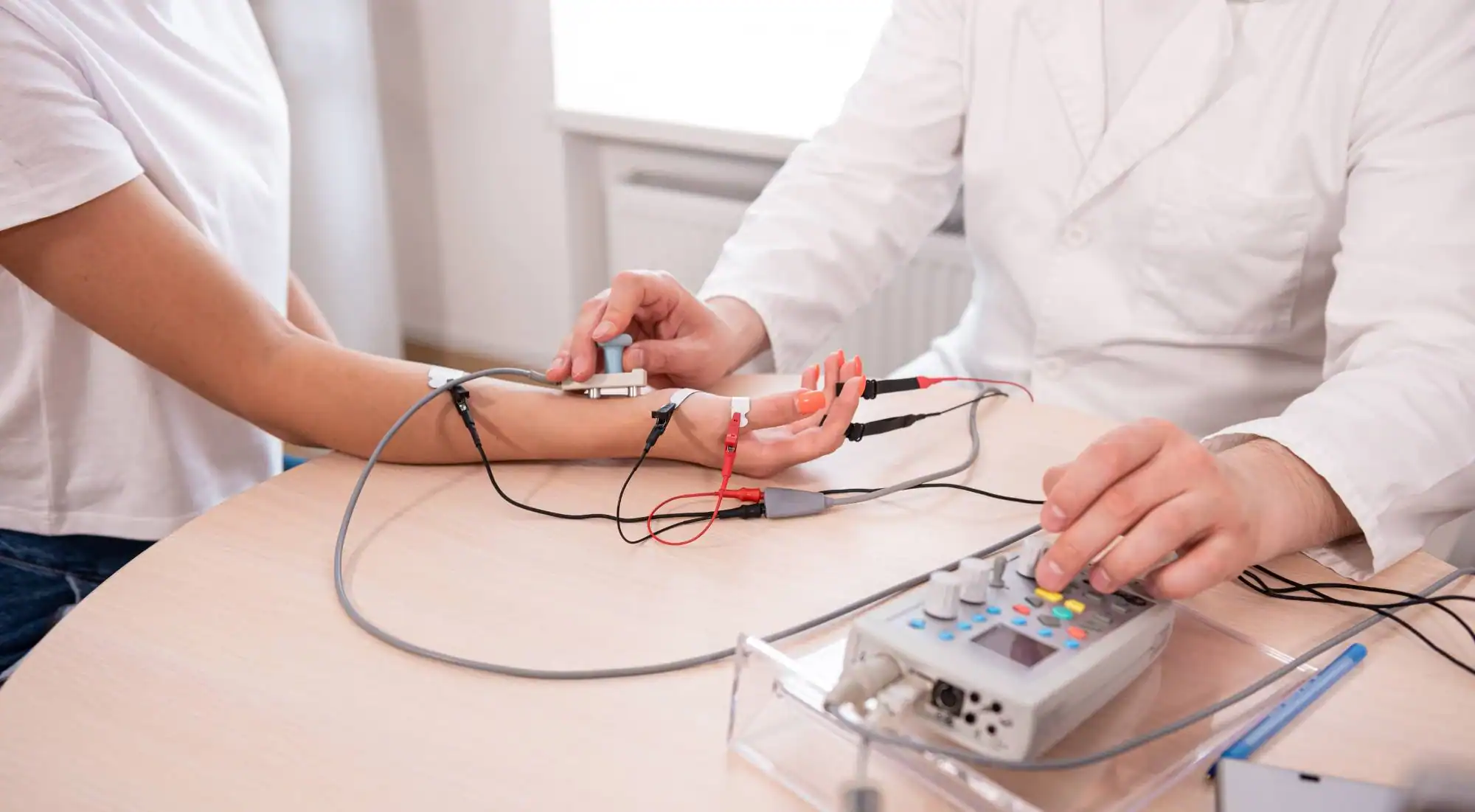
Reviews
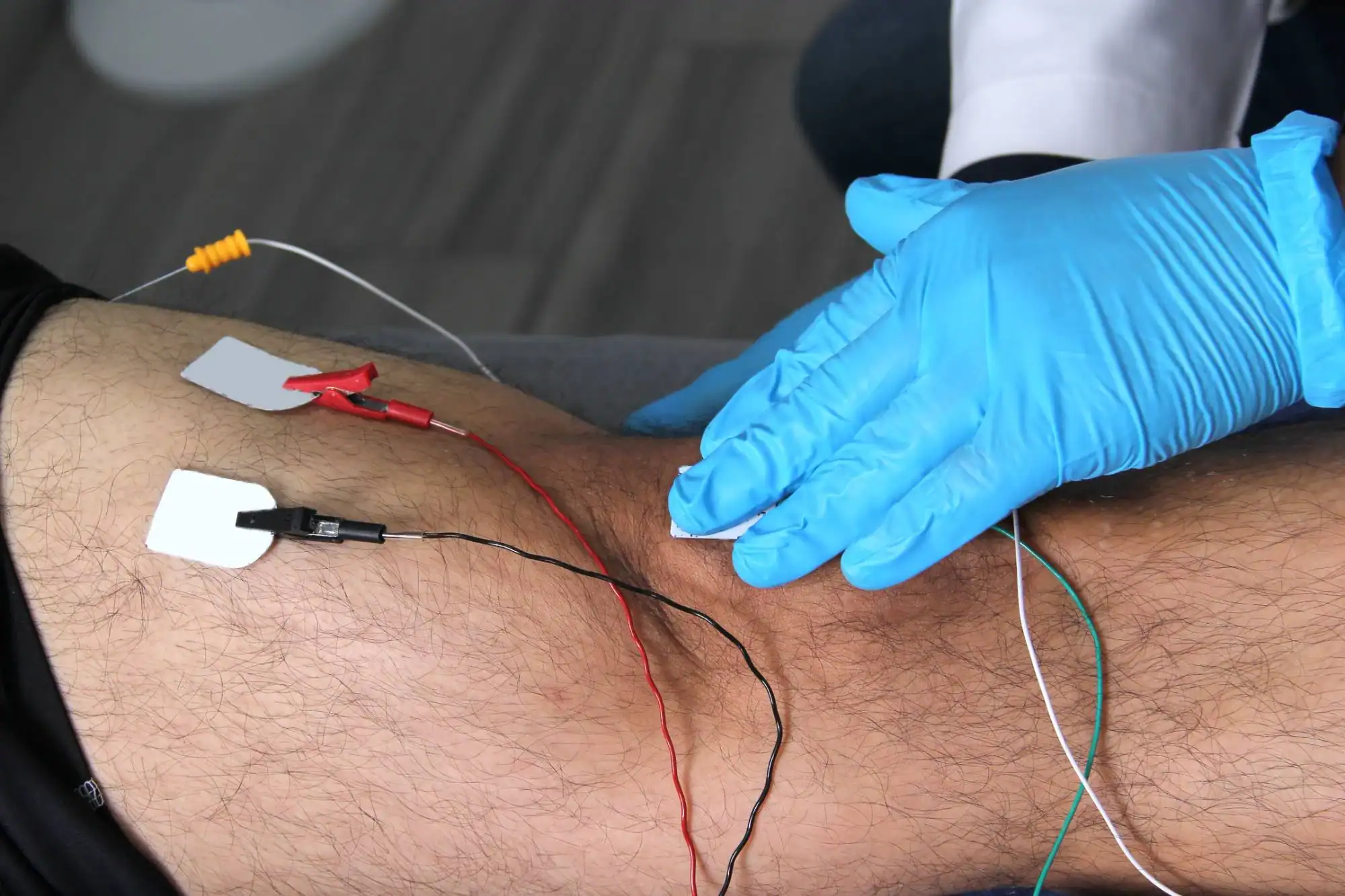
You’ve been dealing with numbness, tingling, or muscle weakness long enough. The uncertainty is almost worse than the symptoms themselves.
EMG testing gives you concrete answers. Instead of guessing whether that tingling in your hands is carpal tunnel, a pinched nerve, or something else entirely, you’ll know exactly what’s happening with your nerves and muscles.
The test measures electrical activity in your muscles and how well your nerves conduct signals. When something’s not working right, we can see it clearly on the results. No more wondering if the pain is “all in your head” or if you should just live with it.
We’ve been serving the Throggs Neck community with specialized neurological and spine care for years. Our team understands that when you’re dealing with nerve problems, you need answers fast.
We’re not a massive hospital system where you’re just another number. You’ll work directly with our experienced specialists who take time to explain your results in terms that actually make sense.
Our facility uses the same advanced EMG equipment you’d find at major medical centers, but without the hassle of traveling into Manhattan or dealing with months-long wait times.
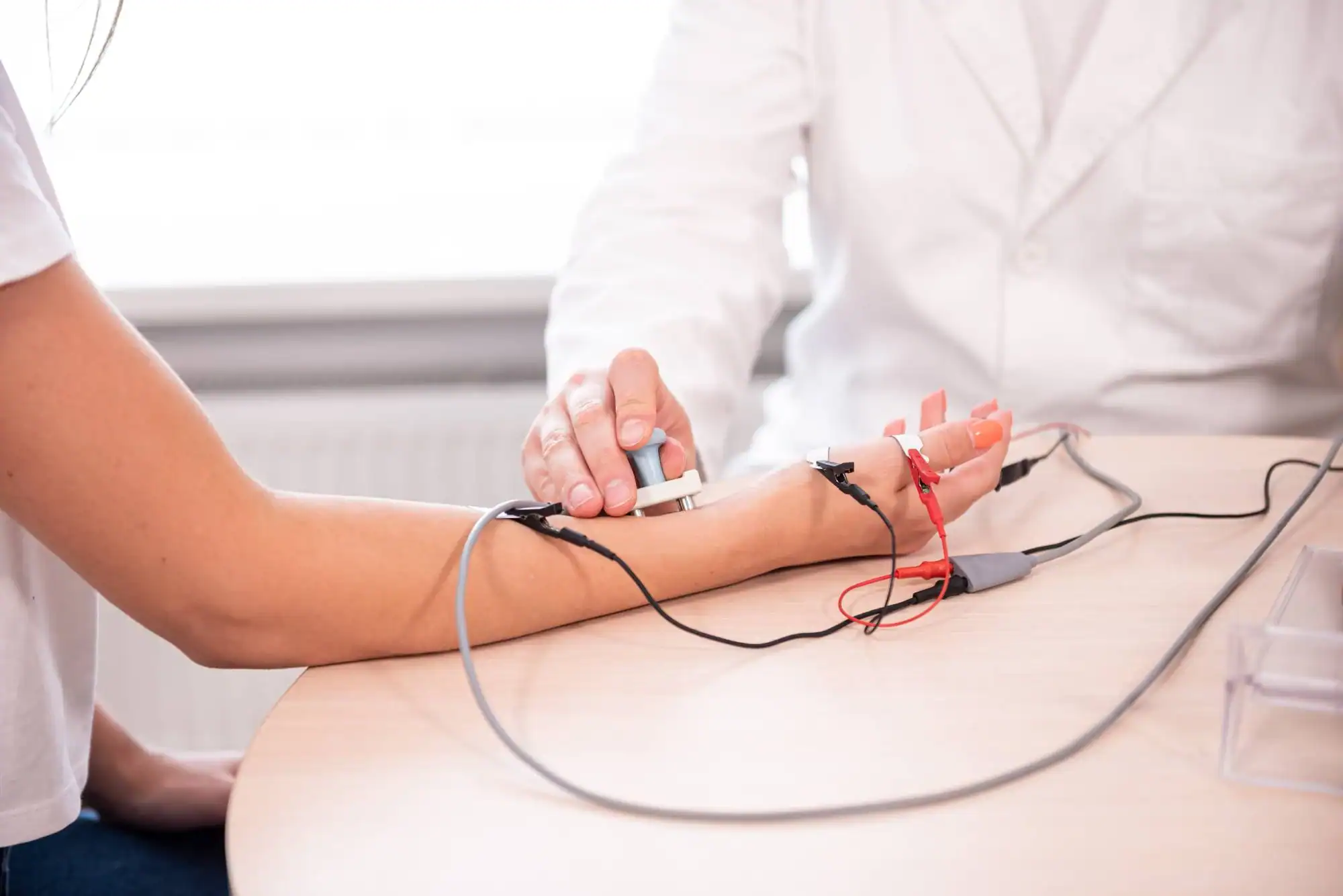
The EMG test has two parts, both done in the same appointment. First, we perform nerve conduction studies by placing small electrodes on your skin and sending mild electrical pulses to measure how fast and strong your nerve signals are.
Next, we do the electromyography portion, where a thin needle electrode is inserted into specific muscles to record their electrical activity. Yes, there’s some discomfort, but most patients say it’s much less painful than they expected.
The entire test typically takes 30-60 minutes depending on which nerves and muscles we’re examining. You’ll get your results the same day, along with a clear explanation of what they mean and what your next steps should be.
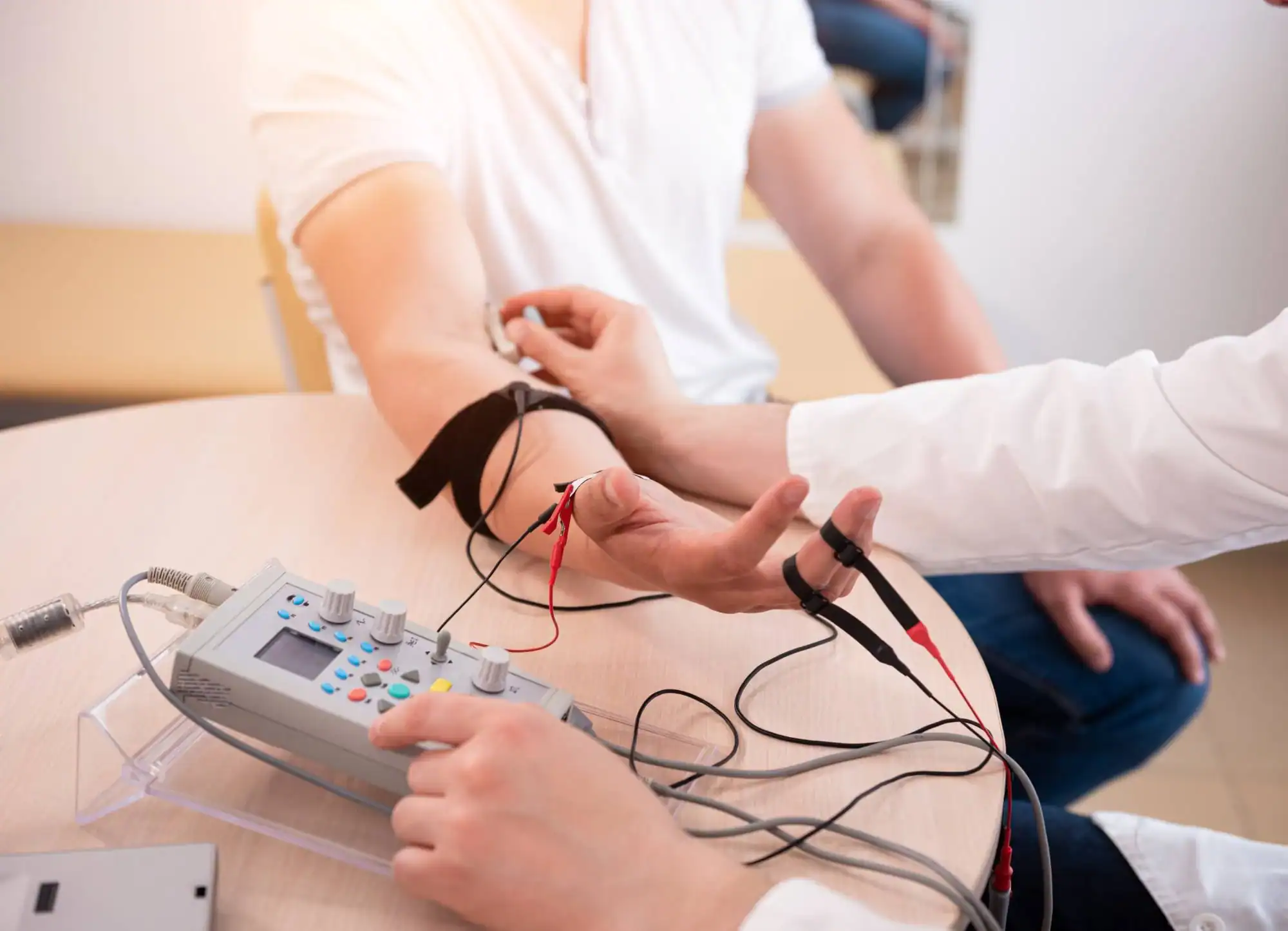
Ready to get started?
Your EMG testing includes both nerve conduction studies and needle electromyography to give us a complete picture of what’s happening. We test the specific areas where you’re having symptoms, whether that’s your arms, legs, back, or neck.
Most patients in Throggs Neck come to us for issues like carpal tunnel syndrome, sciatica, pinched nerves, or unexplained muscle weakness. We also diagnose conditions like peripheral neuropathy, radiculopathy, and various muscle disorders.
You’ll receive a detailed report of your results, plus time with your doctor to discuss what the findings mean for your treatment options. We work with your insurance to minimize your out-of-pocket costs and can coordinate with your primary care doctor or other specialists as needed.
